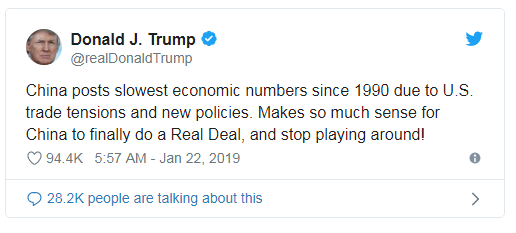Quantum Dots to Shrink MicroLED Display Pixels
Nanoco Technologies and Plessey Semiconductors have partnered to shrink the pixel size of monolithic microLED displays using Nanoco’s cadmium-free quantum-dot (CFQD quantum dots) semiconductor nanoparticle technology.
Using its existing gallium nitride (GaN)-on-silicon monolithic process, Plessey will integrate the CFQD quantum dots into selected regions of blue LED wafers to add red and green light, shrinking the smallest practical pixel size from today’s 30 µm to 4 µm, a reduction of 87%. The process will enable the production of smaller, higher-resolution microLED displays in applications such as AR/VR devices, watches, and mobile devices while enhancing both color rendition and energy efficiency.
Speaking to EE Times from CES, the companies said that the partnership brings together two sets of expertise to address the color conversion needs of microLED customers — Nanoco with its expertise in manufacturing quantum dots at scale and Plessey for its microLED displays. The key challenge was being able to pattern the quantum dots appropriately on the photoresist and making sure the quantum dots were compatible with other materials used in the manufacturing process for the displays, they said.
The primary initial application is the head-mounted display for AR and VR, such as in gaming, where customers want specific color ranges and gamuts. Mike Lee, president of corporate and business development at Plessey, said that one specific customer in this area is planning to launch products in 2020 using its quantum-dot–based microLED displays.
At CES, Plessey and Nanoco showed individual red, green and blue microLED arrays based on quantum dots. (Source: Plessey)
“We pioneered the molecular seeding technology and separated nucleation and growth: This ability to manage the growth phase separately meant it was easier to scale up to volume production of quantum dots," said Brian Gally, Nanoco’s head of products.
Lee said the quantum dots are applied onto microLED arrays using an inkjet process, for which the two companies will file a joint patent. “Quantum dots offer the best solution for today’s emerging display requirements," Lee said. "The nano-sized emitters with narrow band emission make them a suitable solution for Plessey’s microLED display roadmap, which will see pixels being driven down to 4 µm in size in 2019.”
Lee added that because the company has its own GaN-on-silicon fab, Plessey has been able to optimize the process to achieve very good wavelength uniformity across the 8-inch wafer as well as the ability to add red and green to the native blue GaN silicon.
For pixels of 30 µm or greater, color conversion is currently performed by adding phosphors to the blue die. However, because the smallest phosphor particle is about 30 µm, the efficiency of color conversion deteriorates as the pixel size shrinks. Nanoco’s CFQD quantum-dot technology overcomes this limitation while facilitating efficient, compact device packaging.
Quantum dots are fluorescent semiconductor nanoparticles typically between 10 to 100 atoms in diameter, about 1/1000th the width of a human hair. When one of these particles is excited by an external light source, it absorbs the energy and re-emits the light in a different color, depending on the size of the particle. Therefore, by tuning the size of these particles, it is possible to control the color of light emitted to any color in the spectrum. Quantum dots are energy-efficient, with applications spanning from LCD displays and lighting to biomedical applications. Nanoco’s technology allows for the manufacture of quantum dots that are completely cadmium- and heavy-metal–free.
Plessey said that compared with other display technologies, microLEDs are brighter, smaller, lighter, and more energy-efficient and have a longer operating life. Where they replace OLEDs — for example, in AR/VR goggles or head-up displays — Plessey claims that its microLEDs offer 10 times the resolution, 100 times the contrast ratio, and up to 1,000 times the luminance. They do so at half the power consumption, doubling battery life in portable devices. They also feature perfect blacks, realistic color, and immunity to burn-in or decay over time.
在线留言询价

Pushing the boundaries of semiconductors
- 一周热料
- 紧缺物料秒杀
| 型号 | 品牌 | 询价 |
|---|---|---|
| TL431ACLPR | Texas Instruments | |
| BD71847AMWV-E2 | ROHM Semiconductor | |
| CDZVT2R20B | ROHM Semiconductor | |
| RB751G-40T2R | ROHM Semiconductor | |
| MC33074DR2G | onsemi |
| 型号 | 品牌 | 抢购 |
|---|---|---|
| ESR03EZPJ151 | ROHM Semiconductor | |
| TPS63050YFFR | Texas Instruments | |
| BP3621 | ROHM Semiconductor | |
| STM32F429IGT6 | STMicroelectronics | |
| BU33JA2MNVX-CTL | ROHM Semiconductor | |
| IPZ40N04S5L4R8ATMA1 | Infineon Technologies |
- 周排行榜
- 月排行榜
AMEYA360公众号二维码
识别二维码,即可关注























